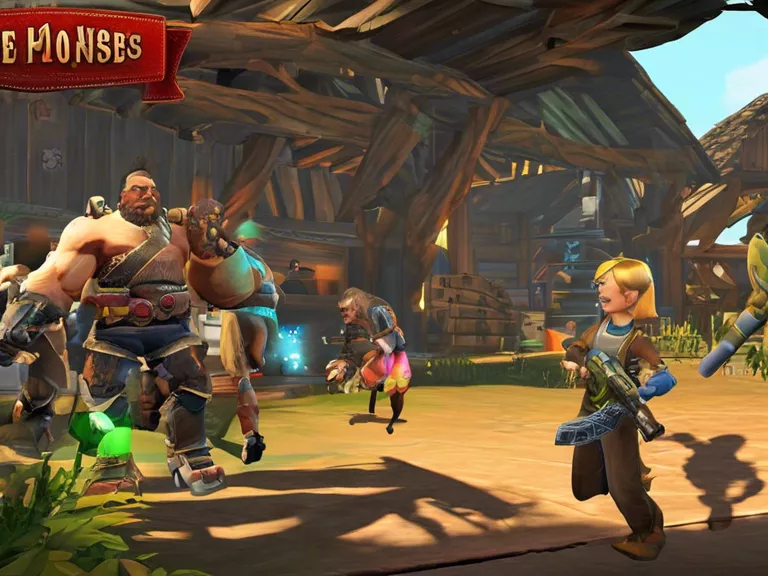
Leaderboards can be a powerful tool for motivating players in competitive games. By seeing where they rank compared to others, players are incentivized to improve their skills and climb the ranks. In this article, we will explore how to use leaderboards effectively to drive motivation and engagement in competitive gaming.
First and foremost, it is essential to make the leaderboard easily accessible to players. Displaying it prominently within the game interface ensures that players are always aware of their standing and can easily track their progress. Additionally, providing regular updates and real-time information on the leaderboard can keep players engaged and motivated to strive for higher rankings.
Another crucial aspect of using leaderboards as motivation is setting achievable goals for players. By breaking down the leaderboard into different tiers or divisions, players have clear milestones to aim for. This not only gives them a sense of accomplishment when they reach a new rank but also keeps them motivated to continue progressing.
Furthermore, implementing rewards or incentives for reaching certain positions on the leaderboard can enhance motivation. Whether it's in-game perks, virtual currency, or exclusive items, rewarding players for their achievements fosters a sense of competition and drives them to compete actively to earn those rewards.
Moreover, fostering a sense of community around the leaderboard can further enhance motivation. Encouraging players to engage with one another, share strategies, and celebrate each other's successes creates a supportive and competitive environment that motivates players to keep striving for the top.
In conclusion, leaderboards can be a powerful tool for driving motivation in competitive games. By making the leaderboard easily accessible, setting achievable goals, providing rewards, and fostering a sense of community, game developers can effectively utilize leaderboards to keep players engaged and motivated to improve their skills and climb the ranks.



